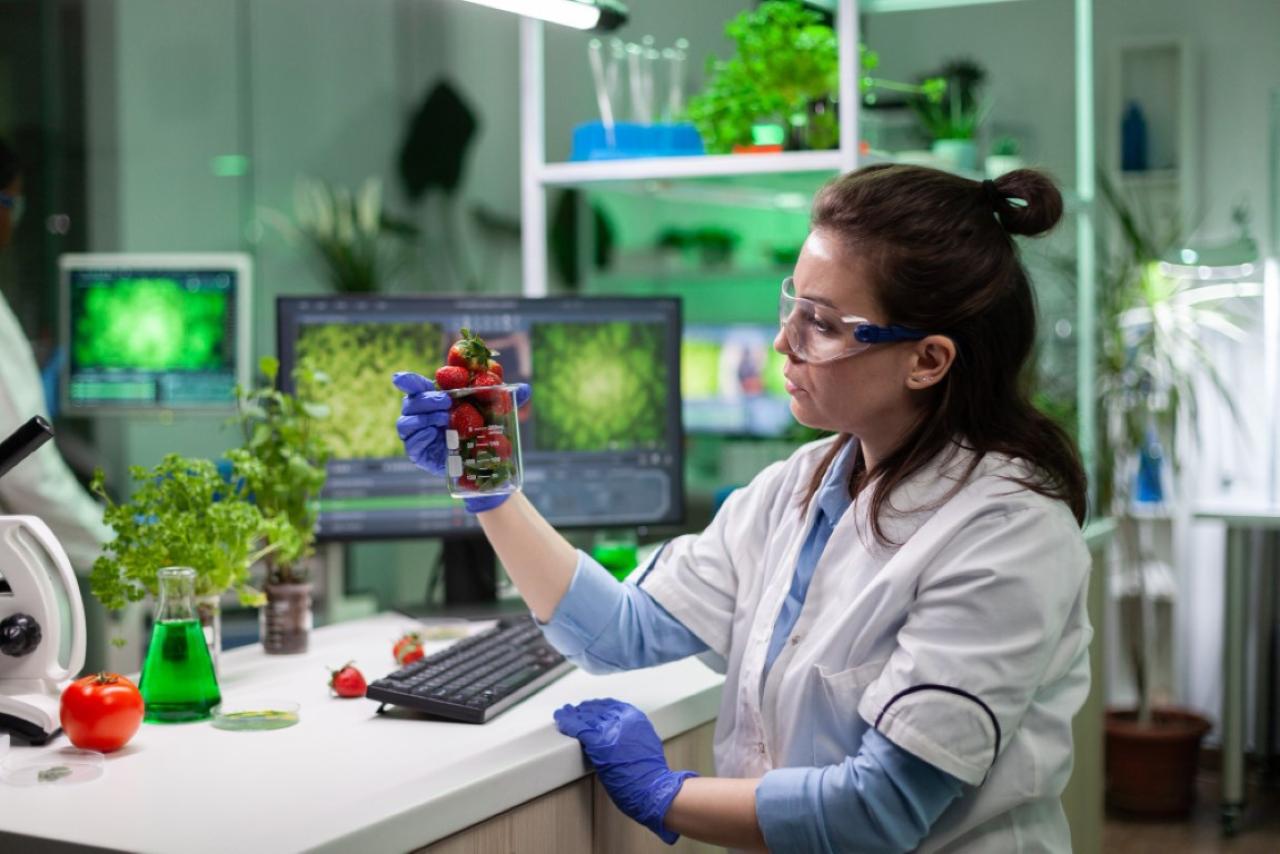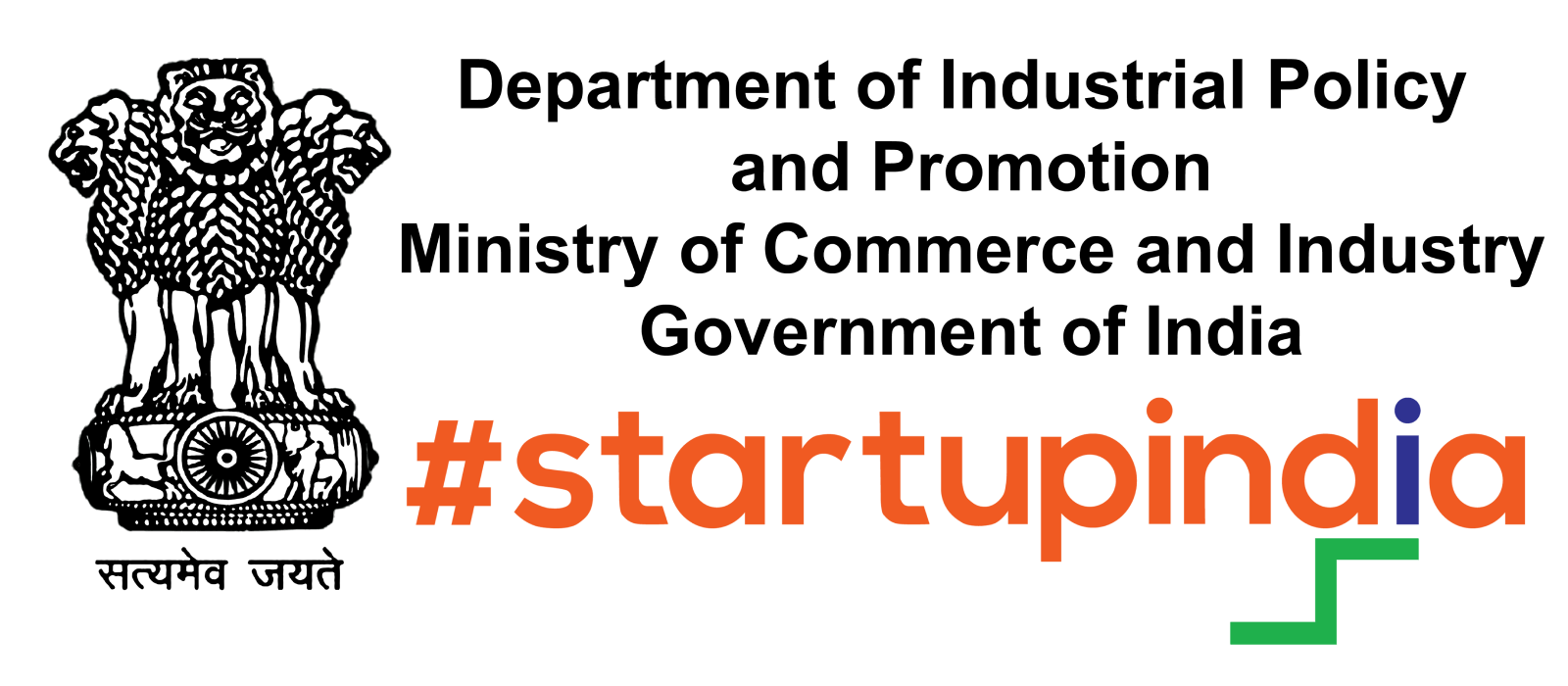Amid a technological boom, our kitchens and dining tables are not left behind. Imagine a world where your meals are tailored specifically to your dietary needs and flavor preferences, prepared by a machine that knows you better than you know yourself. This isn't a scene from a sci-fi movie; it's the promising future of digital food technology. In this blog post, we will embark on a culinary journey into the future, exploring how digital advancements are transforming the way we consume, prepare, and think about food.
The Rise of Digital Cuisine
The digital food technology revolution is centered around the integration of advanced tech into every aspect of food - from its sourcing and preparation to its consumption. But what exactly does that entail?
Ingredients on Demand
Gone are the days when recipes were abandoned due to a missing ingredient. With 3D food printing and AI-driven grocery shopping apps, missing an ingredient could soon become a problem of the past. 3D food printers are advancing to the point where they can create complex food items, layer by layer, with a push of a button. Meanwhile, grocery shopping apps use artificial intelligence to predict what you'll need, ensuring your pantry is always stocked.
Personalized Nutrition
Thanks to digital food technology, one-size-fits-all all is no longer applicable to diet and nutrition. Imagine a kitchen appliance that designs meals based on your specific nutritional needs, allergies, and taste preferences. This isn’t a far-off fantasy. Companies are already developing smart kitchen appliances that can suggest and prepare meals tailored exactly to your body’s requirements, making personalized nutrition accessible to everyone.
A New Dining Experience
Digital food technology is also redefining the dining experience. Virtual reality (VR) and augmented reality (AR) are being used to enhance the ambiance, making dining an immersive experience. Furthermore, apps are being developed to calculate the nutritional content of your meal with just a photo, making it easier than ever to track what you eat.
Ingredients for Change
With every technological advancement, there's a foundation that supports its development. In the digital food realm, several key technologies are making these futuristic dining experiences possible.
3D Food Printing
3D food printing is at the forefront of digital food technology. It allows the creation of food that is not only nutritious but also appealing in terms of shape, texture, and color. From printing chocolate and pasta to creating meat alternatives, 3D food printers offer endless possibilities for customization and innovation in food.
Artificial Intelligence and Machine Learning
AI and machine learning algorithms are the brains behind personalized nutrition, capable of processing vast amounts of data about individual health, dietary preferences, and nutritional needs. They can recommend meal plans, adjust recipes, and even control smart kitchen devices to prepare the perfect meal.
Blockchain in the Food Supply Chain
Blockchain technology is ensuring transparency and traceability in the food supply chain. By recording every transaction on a secure and immutable ledger, blockchain provides a clear record of where your food comes from, how it was produced, and its journey to your plate. This not only helps in ensuring food safety but also supports sustainable practices by highlighting the environmental impact of food production.
The Flavor of Tomorrow
As exciting as these advancements are, they bring forth a discussion about the future of food. How will digital food technology shape our diets, our health, and our planet?
Toward Sustainable Eating
Digital food technology has the potential to significantly reduce food waste and improve sustainability. 3D food printing, for example, can use alternative ingredients such as plant-based proteins or food scraps that would otherwise go to waste. Similarly, AI can optimize food supply chains, reducing the carbon footprint of food transportation and storage.
The Health and Wellness Revolution
The move toward personalized nutrition promises a future where food contributes more effectively to health and wellness. By tailoring meals to individual health needs, digital technology can help combat diet-related diseases and promote overall well-being.
The Culinary Culture Shift
Digital food technology is not only changing what we eat but also how we relate to food. It encourages a culture of curiosity, experimentation, and innovation in the kitchen. However, it also raises questions about the role of traditional cooking skills and the preservation of culinary heritage.
The Ultimate Takeaway
The future of eating with digital food technology is ripe with possibilities. It promises a world where food is more personal, sustainable, and engaging. As we stand on the cusp of this culinary revolution, it's clear that technology will continue to play a vital role in shaping our diets and dining experiences.
While there's no telling exactly what the future holds, one thing is certain: the fusion of technology and food is just getting started, and it promises to be a delicious adventure. So, are you ready to take a bite out of the future?




